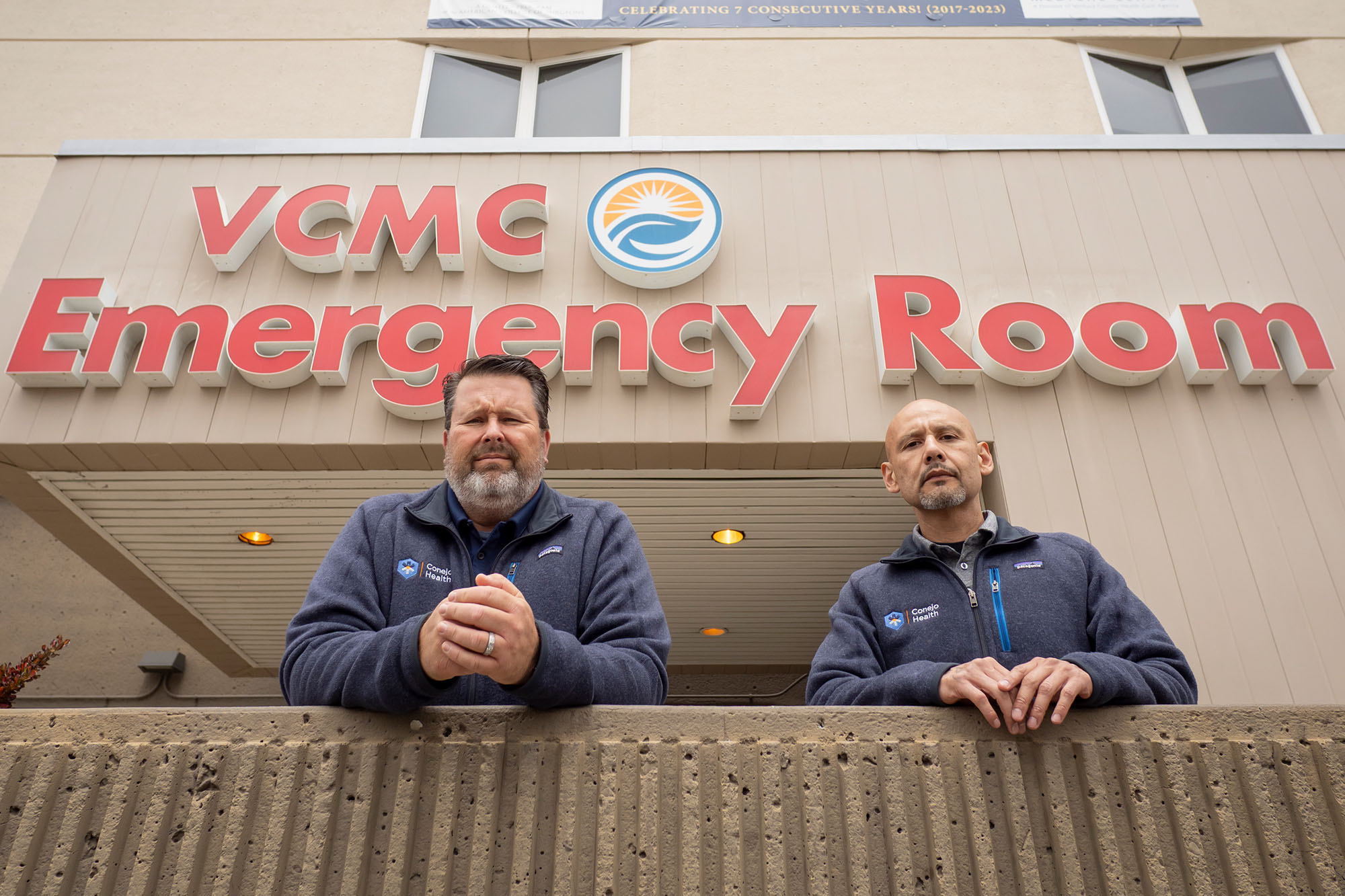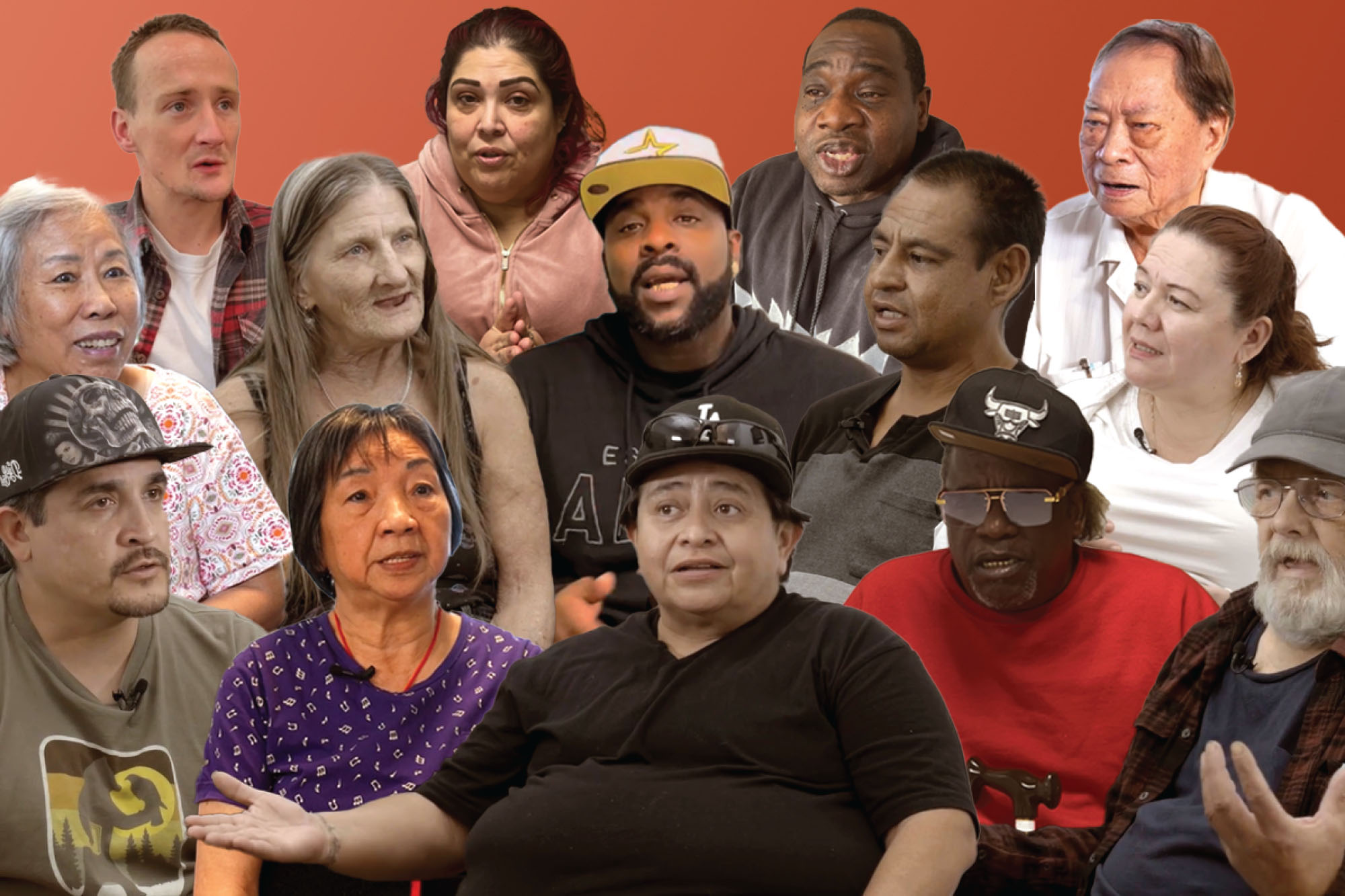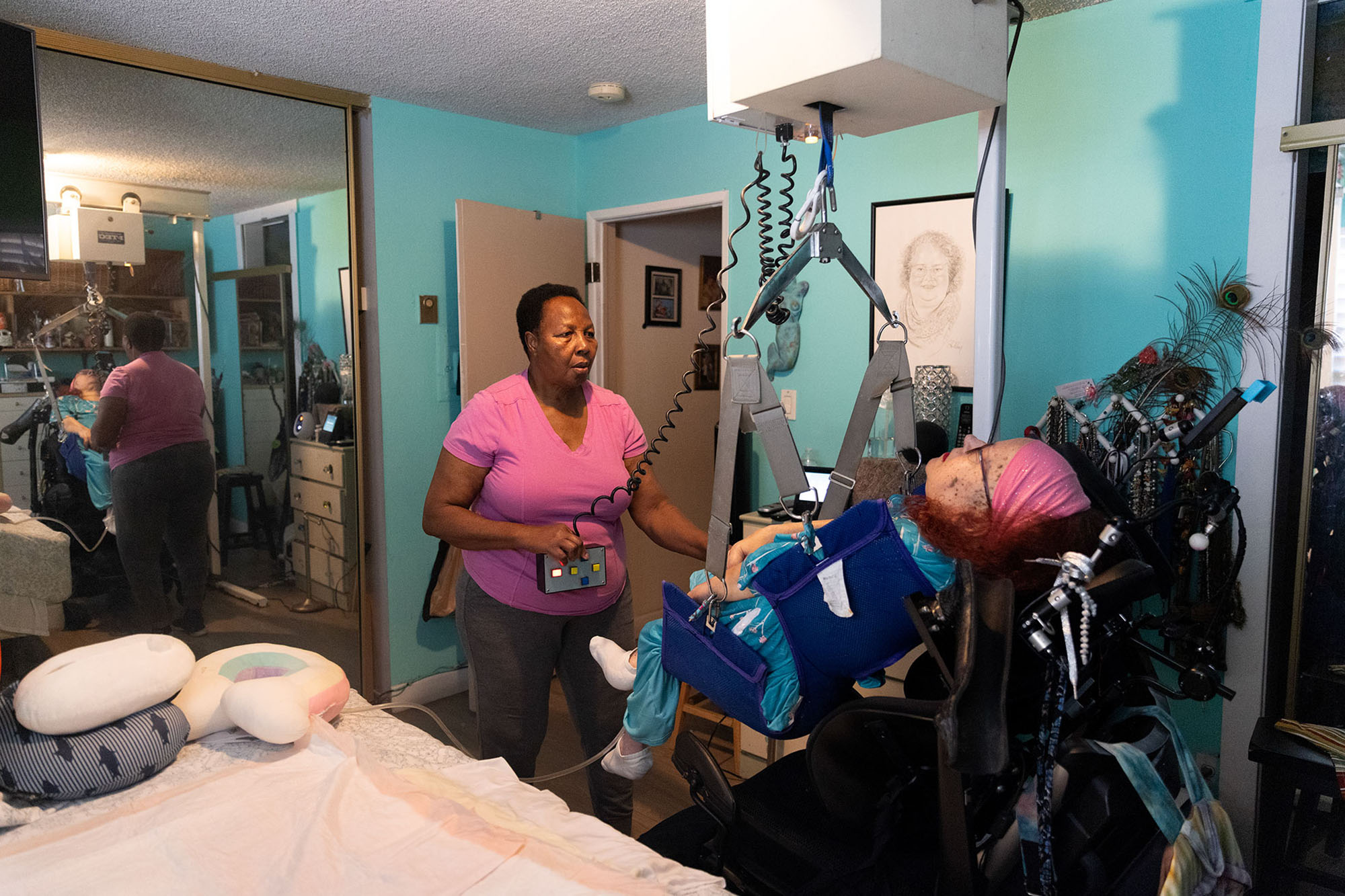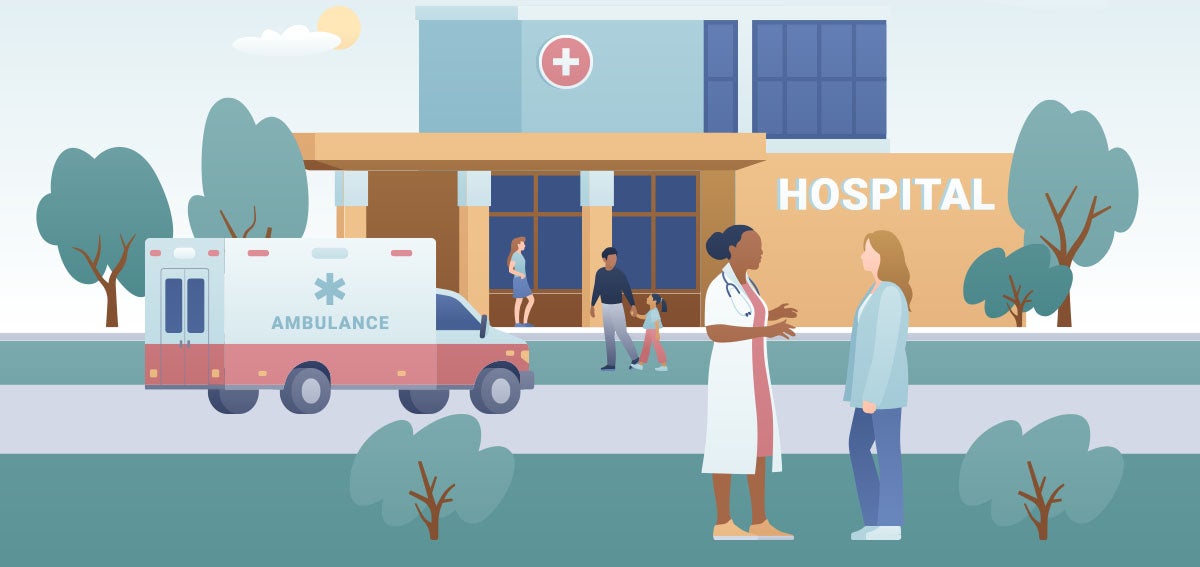
The California Health Care Foundation is excited to launch a new project: Medi-Cal Explained. It will include papers and briefings that describe how the nation’s largest Medicaid program organizes, finances, and provides care for people with low incomes throughout California, including children, people with disabilities, and low-wage workers who may not get affordable insurance through their jobs. For seniors with low incomes, Medi-Cal steps in to cover what isn’t covered by Medicare, including nursing home care.
We’ve begun with a landscape overview of Medi-Cal and four fact sheets in key areas like the program’s budget process and how it pays health plans. We also released a new edition of our popular Medi-Cal Facts and Figures Almanac, which curates a significant amount of data to help us understand the program’s beneficiaries, funding, and operations. We were fortunate to be joined on February 25 at a Sacramento briefing by members of California’s Medi-Cal policy community, including Department of Health Care Services Director Jennifer Kent and representatives of Health Management Associates, the County Welfare Directors Association, the Insure the Uninsured Project, and the California Budget and Policy Center, to discuss the program and its future. Recordings of the event’s four panels are online.
In a program as far-reaching and complex as Medi-Cal, I find it helpful to focus on five major themes.
Medi-Cal Is Essential to Meeting the Health Care Needs of Many Californians
Nearly one in five working Californians, about half of the state’s children, and one in three people seeking support for mental health or substance use disorders rely on Medi-Cal for their health care needs. More than one million elderly adults and almost 200,000 veterans use the program. In a CHCF/Kaiser Family Foundation poll released in January 2019, almost 60% of California voters reported the program is personally important to them and their family. A 2018 Kaiser poll found that 70% of people nationwide say that they, a close friend, or a family member received help from Medicaid at some point. Clearly, this is a program that touches and supports many of us.
Medi-Cal Has Major Economic Impacts
Medi-Cal’s financial impact on both California’s health care delivery system and its entire economy is difficult to overstate. Medi-Cal pumps a tremendous amount of local, state, and federal money into care sites and communities in every corner of the state, from Siskiyou to San Diego. Local and state funds are being leveraged to bring more than $60 billion in federal revenue to California. These funds help ensure that hospitals and clinics remain open, safety-net providers continue to serve patients, and Medi-Cal beneficiaries receive the care they need to be healthy and productive.
Medi-Cal Advances the Way We Deliver Care
Medi-Cal’s impact on health care in California goes beyond coverage and finance. Through its demonstrations and pilots, Medi-Cal is improving the way care and services are delivered. Medi-Cal’s Whole Person Care pilots are identifying the most frequent users of emergency room and hospital services — vulnerable populations like people who are homeless — to better coordinate care and manage their health. Medi-Cal is modernizing addiction treatment through its Drug Medi-Cal Organized Delivery System pilot program, which is organizing care, expanding services, and integrating treatment into the larger health care system.
Virtually every health or social service priority intersects with Medi-Cal in some way. As the state’s largest purchaser of health care services, Medi-Cal can continue to use its market leverage in these and other areas through initiatives like Smart Care California, which is reducing unnecessary and wasteful care.
Medi-Cal’s Enormous Data Storehouse Could Be Used to Improve Care
Medi-Cal is unique in its ability to generate, compile, and disseminate data on health care system performance for Californians with low incomes. These data can be used to transform the system. They may points to areas that need attention, such as access to mental health care services. They can be used to promote accountability within the program through initiatives like quarterly managed care performance dashboards. In some areas, such as patient satisfaction with their plan, we have a great deal of data. In others, such as care system encounters and health outcomes, we’re just beginning to uncover and explore the information that this program is capable of generating.
Medi-Cal Must Continue to Evolve
Medi-Cal is and will continue to be a program in transition. In the last decade, it has added new populations; it is viewed by many policymakers as the logical vehicle for future expansions of eligibility and benefits. Existing federal waivers that provide flexibility for the program to innovate are due to expire in the next few years. The reach, impact, and significance of the Medi-Cal program will keep it at the center of California’s health care policymaking for the foreseeable future.
We envision a time when all beneficiaries, regardless of location, enjoy the same timely access to high quality health care; when Medi-Cal managed care plans are rewarded for high performance rather than being punished for falling short; and when behavioral and physical health services are integrated and coordinated for beneficiaries throughout the state.
People, budget, leadership, data, and change. In this large and complex program, these five themes emerge again and again. The Medi-Cal Explained project and CHCF’s updated Medi-Cal Facts and Figures Almanac provide a roadmap to understanding California’s most important health care program.
Authors & Contributors






